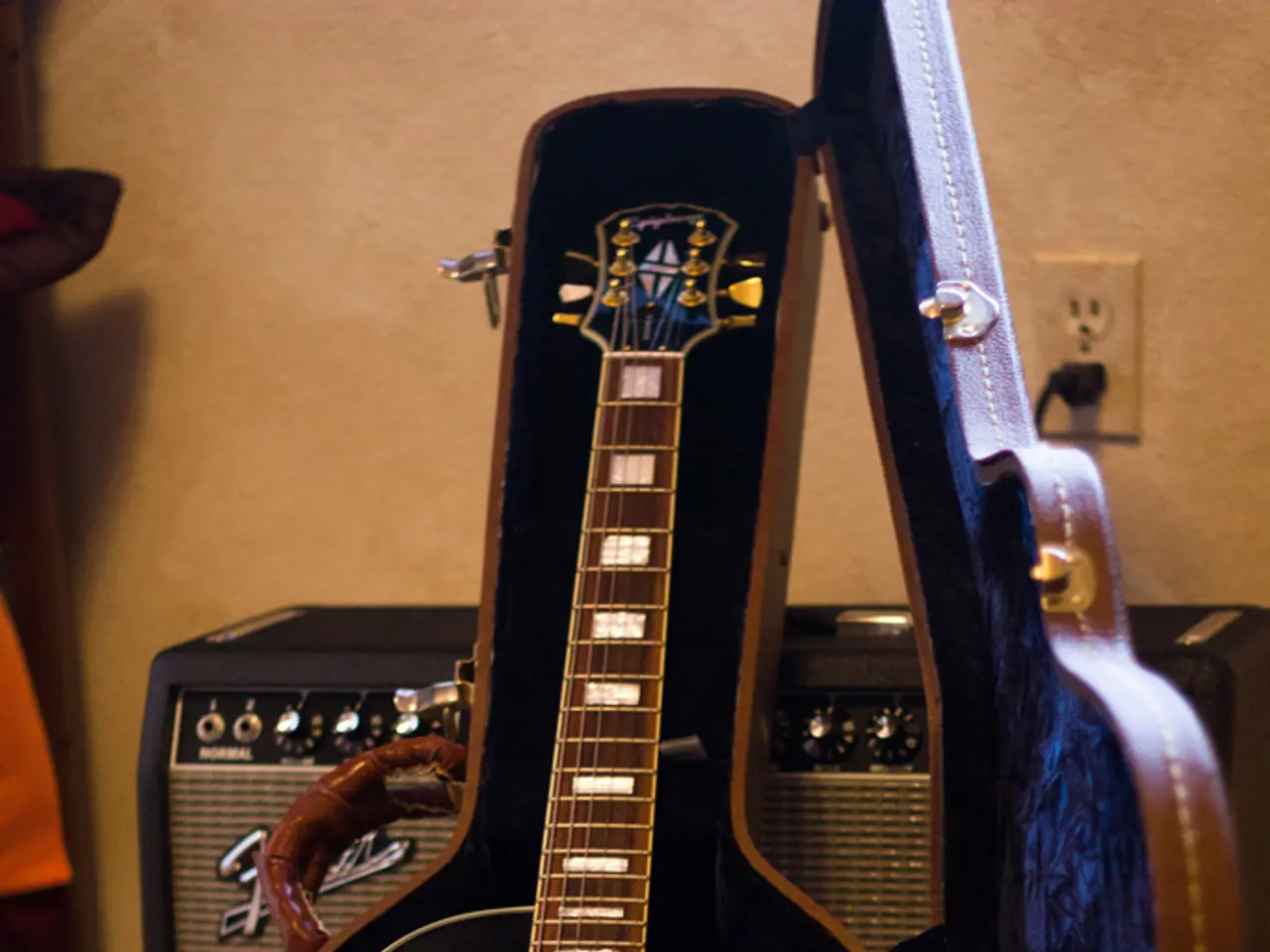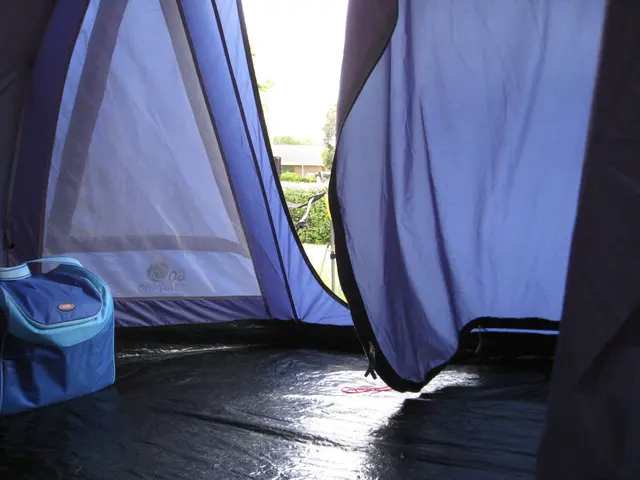Constructing Sound Vibrations: Fabricating a Subwoofer Enclosure Using Fiberglass
In this article, we'll guide you through the process of creating a fiberglass subwoofer box, a strong and acoustically inert enclosure that offers superior sound quality.
Materials Needed
To build a fiberglass subwoofer box, you'll need the following materials:
- Foam or wood plug (for shaping the mold)
- Epoxy primer and mold-release agents (PVA film, wax)
- Tooling gelcoat (about 0.5 mm thickness)
- Fiberglass cloths:
- Woven roving fiberglass
- Fiberglass mat
- Epoxy or polyester resin
- Pultruded fiberglass ribs (optional, for structural reinforcement)
- Mixing tools, brush or roller, vacuum bagging materials (optional)
- Sanding tools (wet sanding paper, diamond wheel, buffers)
Step-by-Step Process
- Design and Prepare the Plug (Mold Form):
- Design the enclosure with a slight draft (about 12 mm on vertical walls) for easy removal using CAD software.
- Create the plug using CNC-cut foam or 3D printing.
- Seal the plug surface with epoxy primer.
- Wet-sand up to 1000 grit to a mirror finish.
- Apply multiple coats of mold-release wax and a PVA film to prevent resin sticking.
- Inspect carefully for imperfections or pinholes which can cause defects later.
- Apply Gelcoat and Fiberglass Layers:
- Spray a consistent 0.5 mm (about 30 mil) layer of tooling gelcoat for a smooth finish.
- Wait until gelcoat becomes tack-free but not fully hard.
- Start laminating fiberglass layers: one woven roving layer to add strength, then alternate two mat layers and one roving layer until you reach about 5 mm thick walls.
- Roll out bubbles to avoid weak spots.
- Vacuum bagging during cure can improve fiber volume fraction (~55%) and increase strength (~15%) compared to hand lay-up.
- Reinforce and Cure:
- Add pultruded fiberglass ribs inside to reduce wall thickness and maintain stiffness.
- Cure at elevated temperature (e.g., 24 hours at 60 °C) for a thorough finish.
- After curing, carefully remove the box from the mold using plastic wedges.
- Trim and Finish the Box:
- Trim excess material with a diamond wheel.
- Wet sand progressively from P400 up to P800 or higher.
- Buff until the surface is glossy and reflective to fine-detail readability.
Sound Quality Optimization Tips
- Design the enclosure volume appropriate to the subwoofer’s specifications (Thiele/Small parameters) to ensure optimal low-frequency response.
- Use internal ribs to minimize vibrations and resonances that distort sound.
- Ensure airtight seals to prevent air leaks, which can reduce subwoofer efficiency and cause unwanted noise.
- A smooth gelcoat finish reduces internal sound reflections, helping cleaner sound.
- Fiberglass, properly layered and reinforced, is excellent for sonic damping and rigidity, minimizing standing waves and panel flex.
- If making a ported box, tune port length and diameter precisely to the target frequency range.
- Avoid sharp internal corners to prevent air turbulence and improve airflow, reducing distortion.
By following these material choices and detailed procedural steps, you can create a strong, acoustically inert fiberglass subwoofer enclosure that yields superior sound quality tailored to your subwoofer’s needs.
- The process of creating a fiberglass subwoofer box, a strong and acoustically inert enclosure that offers superior sound quality, can be tailored to align with your lifestyle by incorporating sleek designs from home-and-garden magazines, creating a stylish home audio setup.
- For tech enthusiasts seeking to elevate their home theater experience, consider implementing precise tuning for port length and diameter in addition to the fiberglass subwoofer enclosure, ensuring an outstanding and immersive sound experience.






